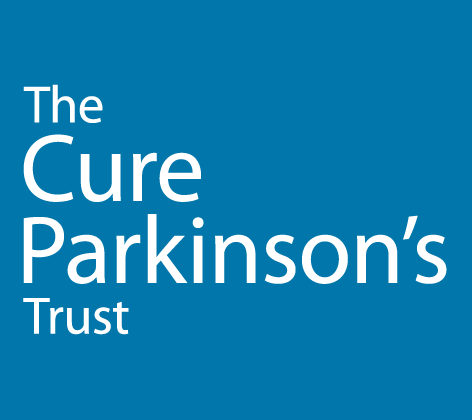HOPE?
Scientific interpretation:
Health trends and end of life preferences in Parkinson’s
Original article: Parkinson Matters: A Call to Action to Improve Patient Care, The Journal of Parkinson’s Disease: August 20, 2018.
The takeaway
A report by Public Health England has found that mortality associated with Parkinson’s and related conditions increased from 2001 to 2014, reflecting increasing disease burden and the fact that people with these conditions are also living for longer. This work also highlights discrepancies between patients’ end of life preferences: the majority of people with Parkinson’s indicate they prefer to spend their last days at home, but real world statistics indicate they are actually in care homes or hospitals.
Why is it important?
By highlighting these discrepancies, this work opens possibilities and offers suggestions on how the wishes of people with Parkinson’s can directly inform their experience in their last days.
Background
Parkinson’s is now held to be the fastest growing neurological disorder, with at least 13 million people predicted to be affected by 2040. It is important that all aspects of living of Parkinson’s are understood and actively improved, including mortality and circumstances surrounding end of life. This piece highlights important observations contained in the most recent report by Public Health England for the period between 2001-2014.
The details
Of the approximately 6.5 million reported deaths in people over the age of 20, Parkinson’s and related disorders was the most common cause of death listed on death certificates, and referenced on a third of all deaths associated with a neurological condition. In addition, age at death was higher for this group compared to the national average by 4 years, suggesting that people diagnosed with Parkinson’s live for a long time with the condition.
The majority of people with Parkinson’s and related disorders were recorded to have died in a care home or hospital, and only 14% were recorded as having died at home. The authors of this piece highlight that this is contrary to recent work that has shown that people with Parkinson’s prefer to spend their last days at home, and that despite recent advances in healthcare planning and provision, end of life often does not proceed according to these wishes.
The authors suggest a number of different improvements including harnessing input from appropriate expert allied health therapists and personal care managers, as well as dedicated Parkinson’s nursing homes and better centralized support.
Next steps
This work focuses on data and health trends recorded by Public Health England. Since Parkinson’s affects people all over the world, similar studies are necessary in other countries too, given the importance of end of life preferences and the way these actually translate into the experience of people with Parkinson’s and their families.
Related work
Where can I learn more?
Original article: ADarweesh, Sirwan K.L., Raphael, K.G., Brundin, P., Matthews, H., Wyse, R.K., Chen, H., Bloem, B.R. August 20, 2018. Parkinson Matters: A Call to Action to Improve Patient Care, The Journal of Parkinson’s Disease




